We have also solicited our employer partners to join us in this call to action, believing that:
– Social justice should be an initiative of all and not just an internal cause
– DEI and Racial Equity trainings are important for our employer partners to embrace
– Doing our part against these injustices includes educating the organizations in which we partner with.
In order to continue our efforts and ensure that once our clients are entering workplaces that not only values racial equity and inclusion, but have tools and policies in place to implement throughout their workforce.
– Annie E. Casey Foundation : George Floyd’s death, nationwide protests and the work ahead
– Marriam Asefa Fund: Equity, Diversity & Inclusion – World Education Services (wes.org)
– Union Pacific: DEI-journey-never-ending
– United Way: United-way-worldwide-statement-on-equity-and-justice
– US Bank: US Bank Investing in and supporting the community
– The Weinberg foundation: weinbergfoundation.org-foundation-statements
– Fry Foundation: Response-pandemic-and-racial-inequity


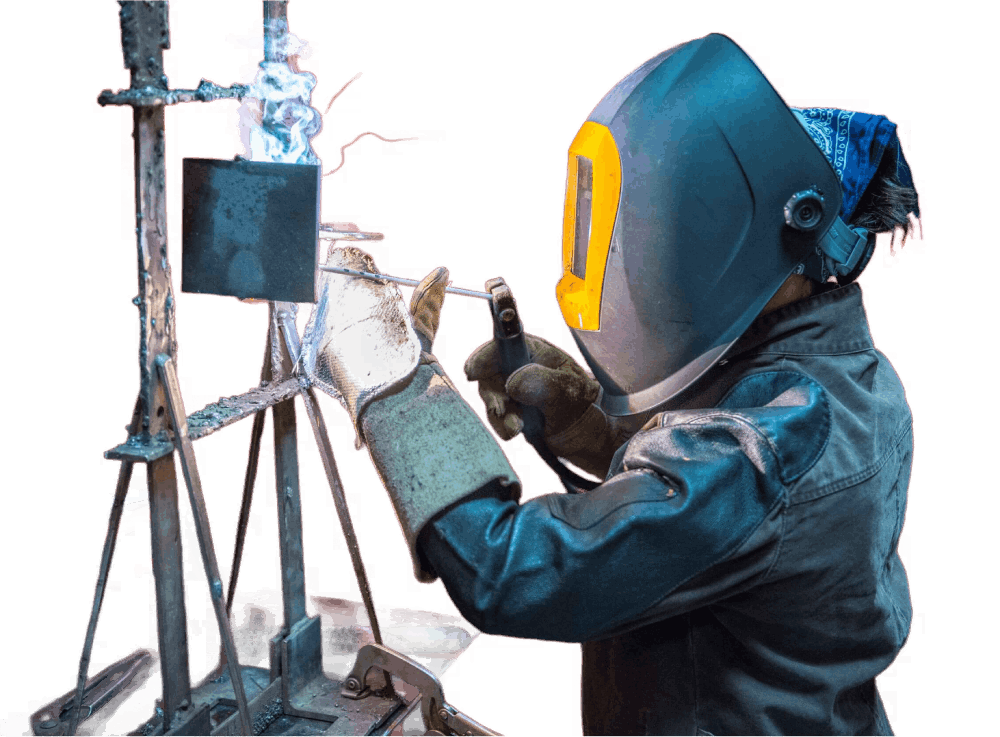





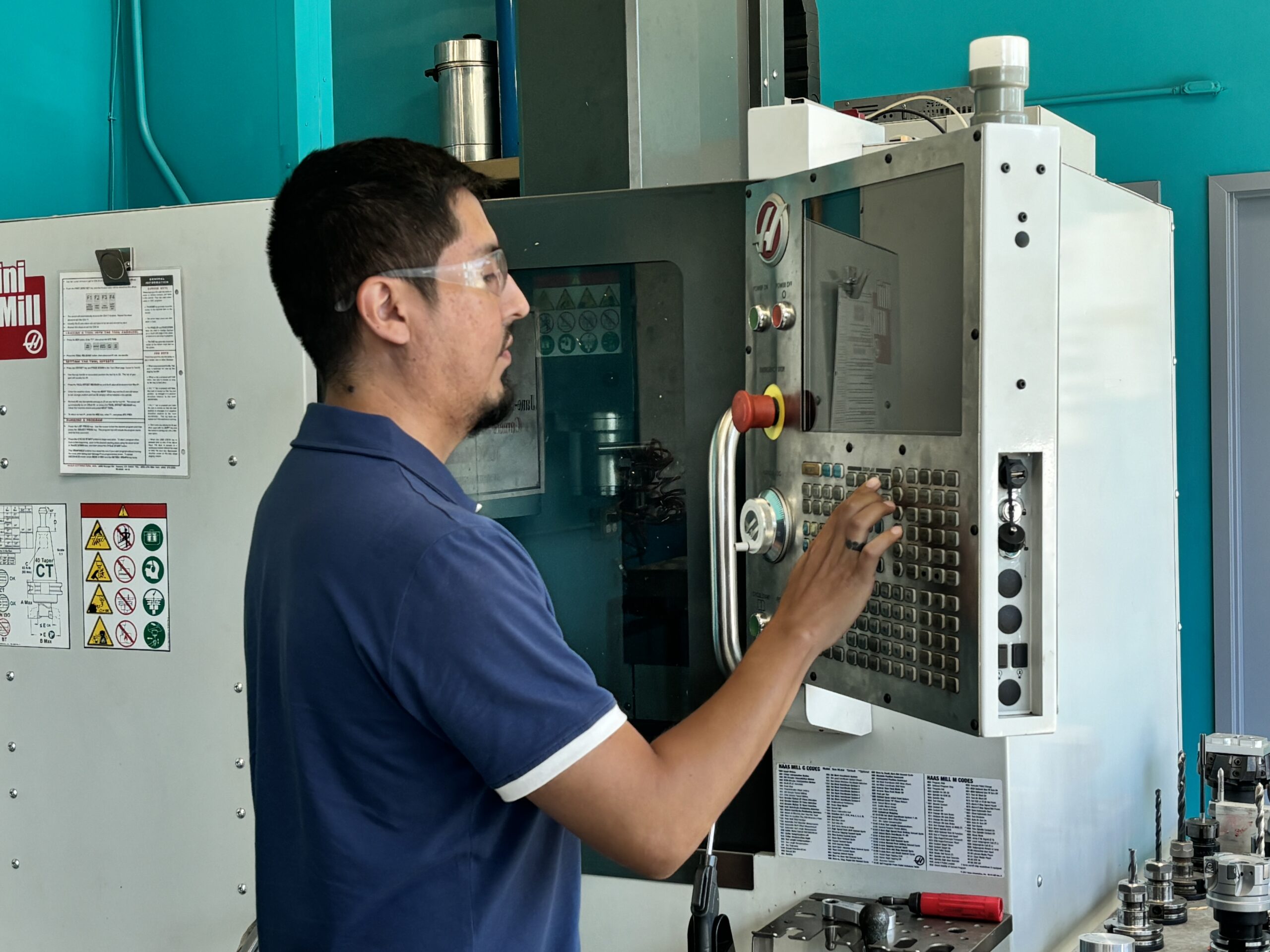
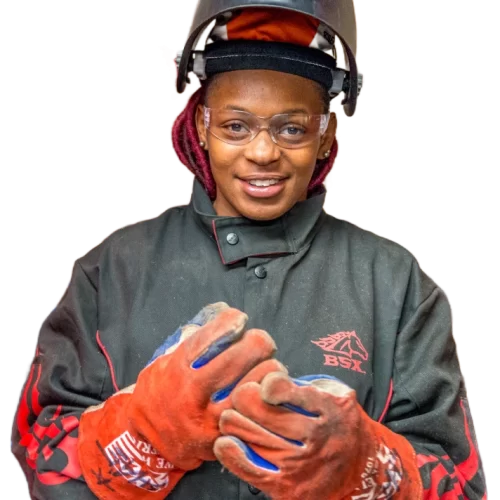


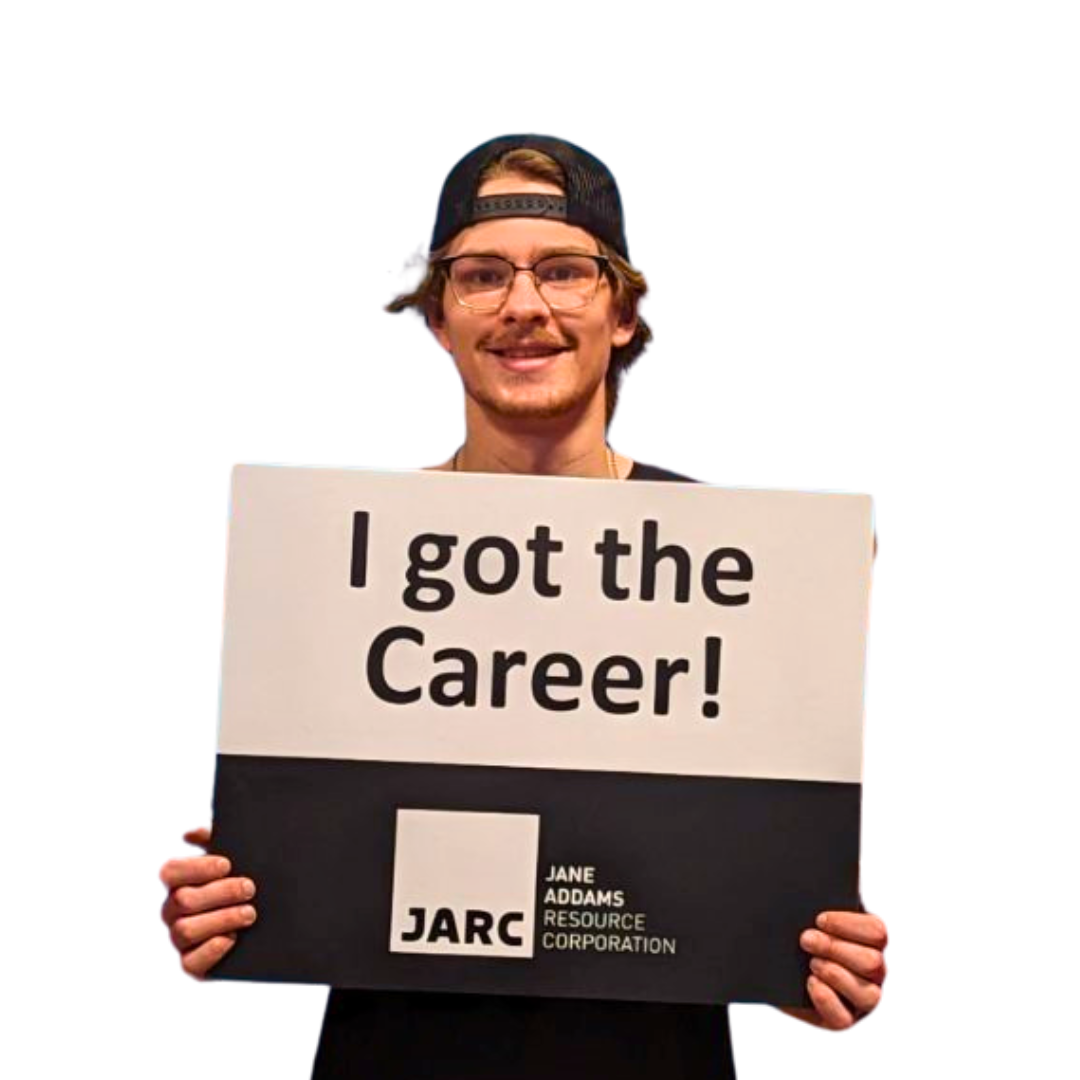


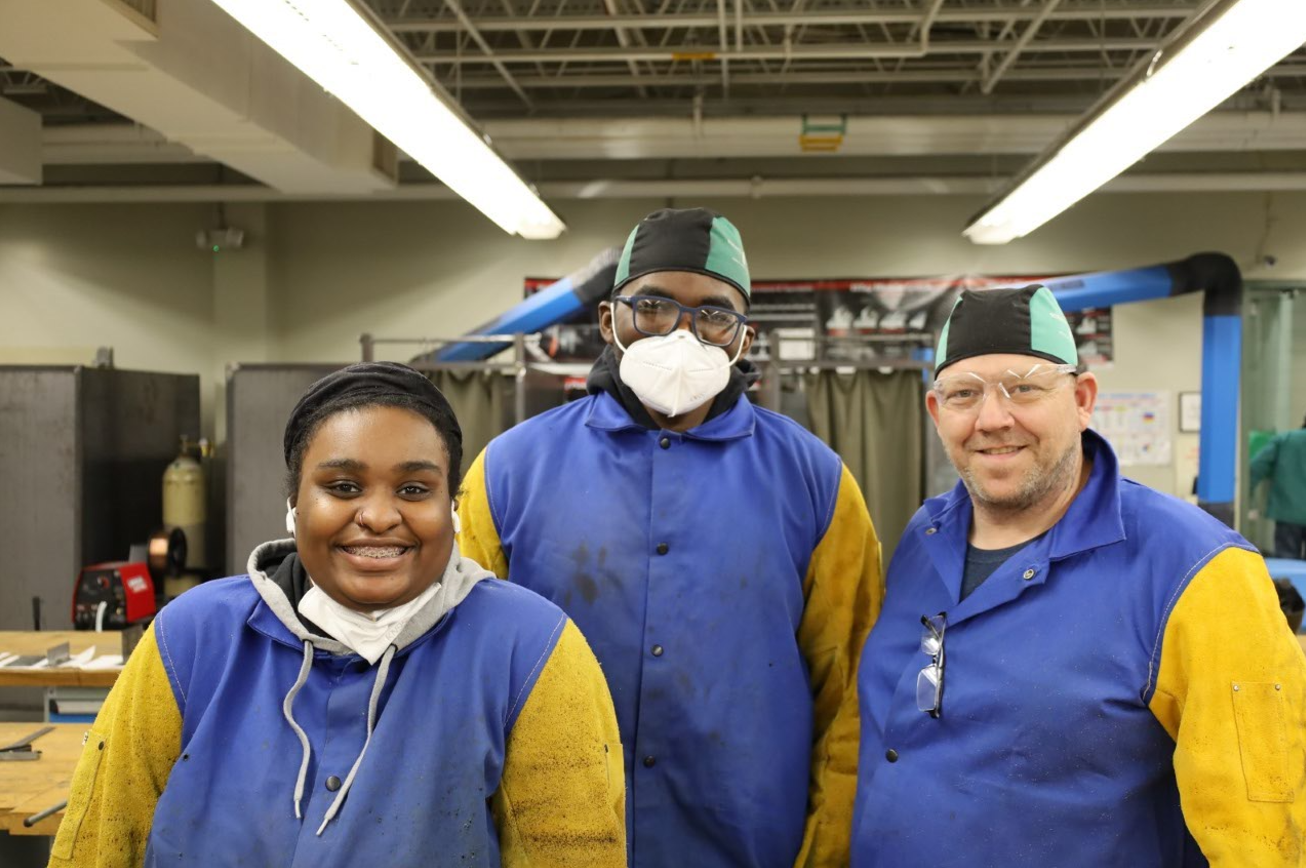


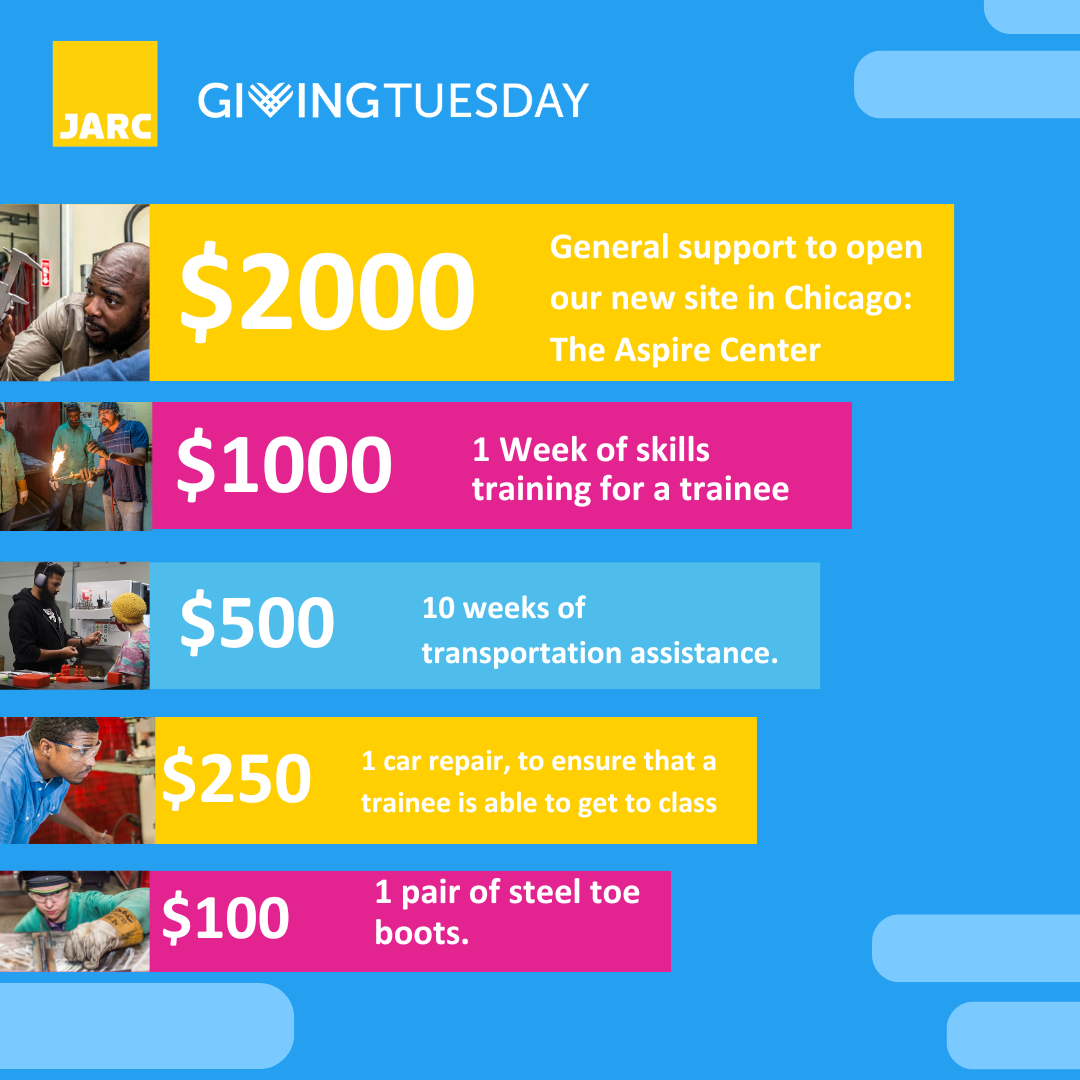
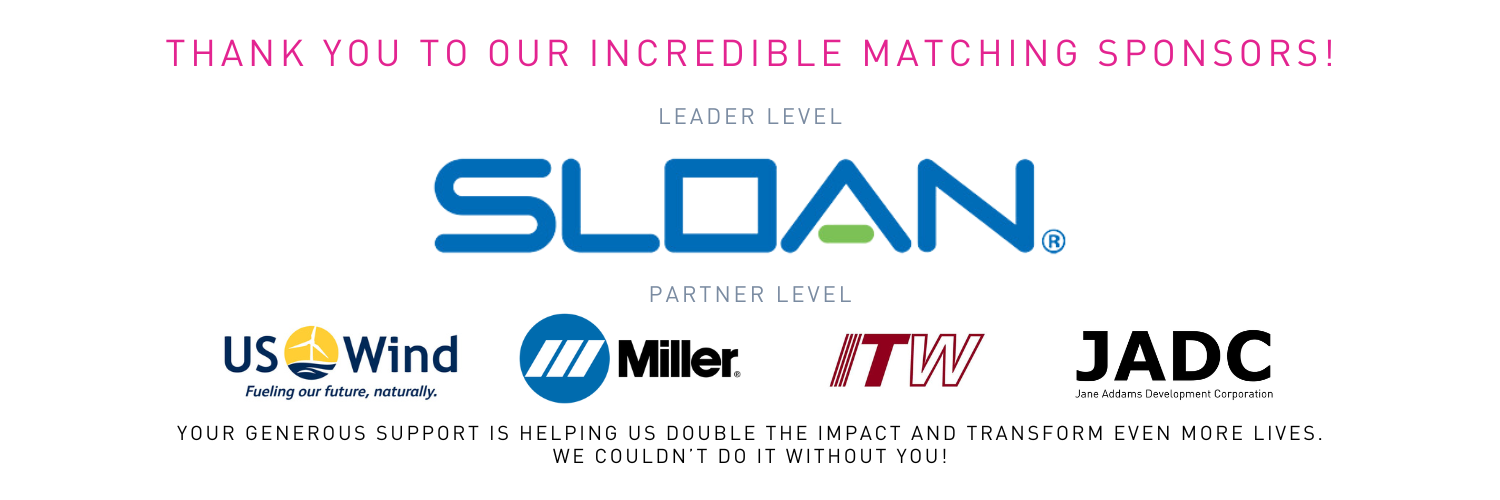

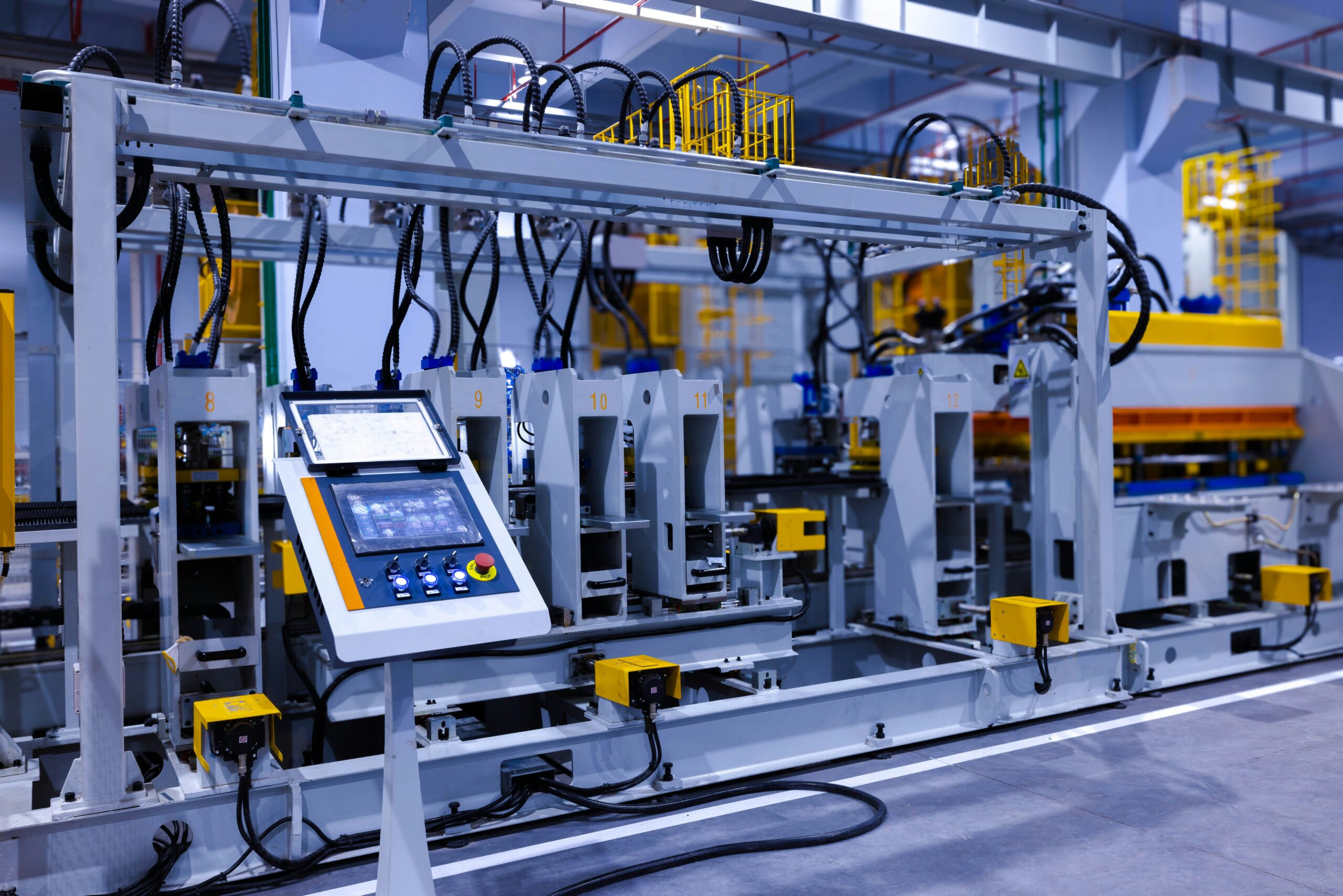

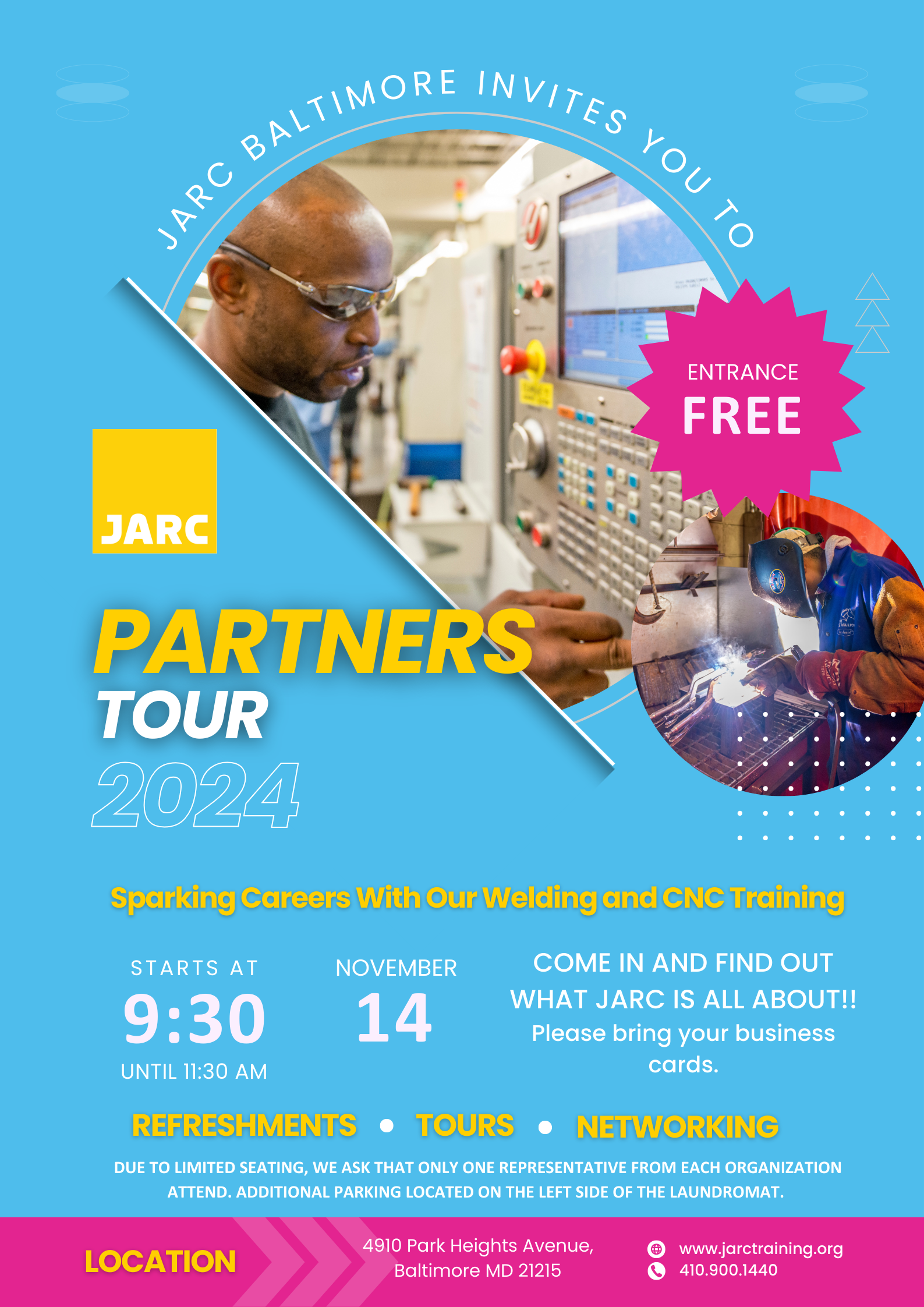

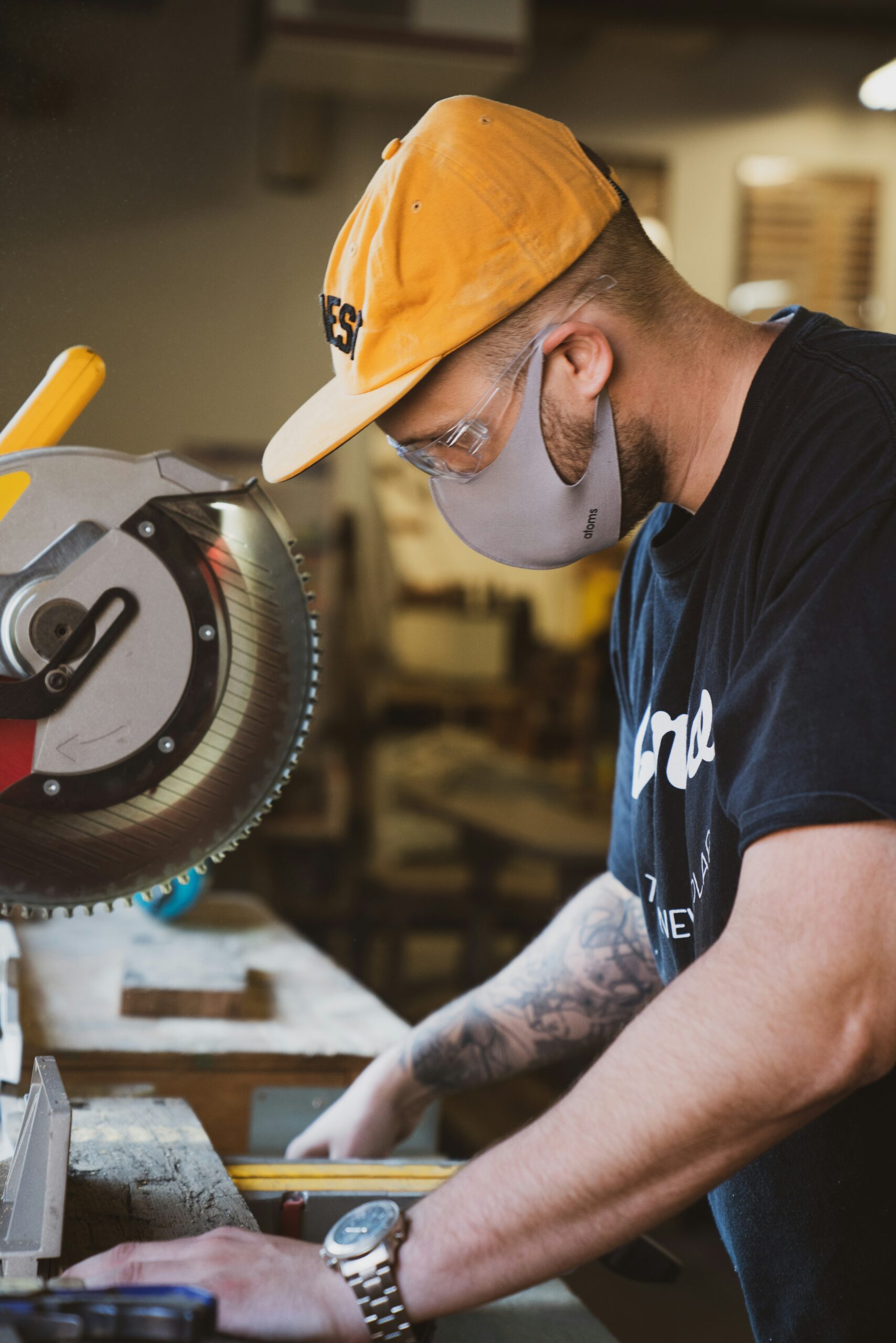


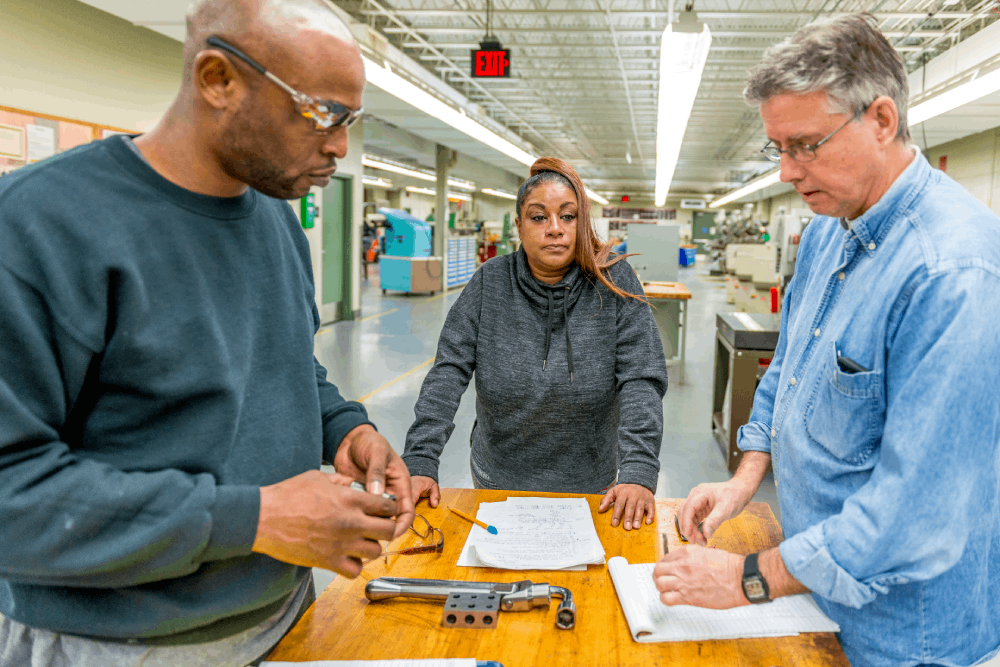


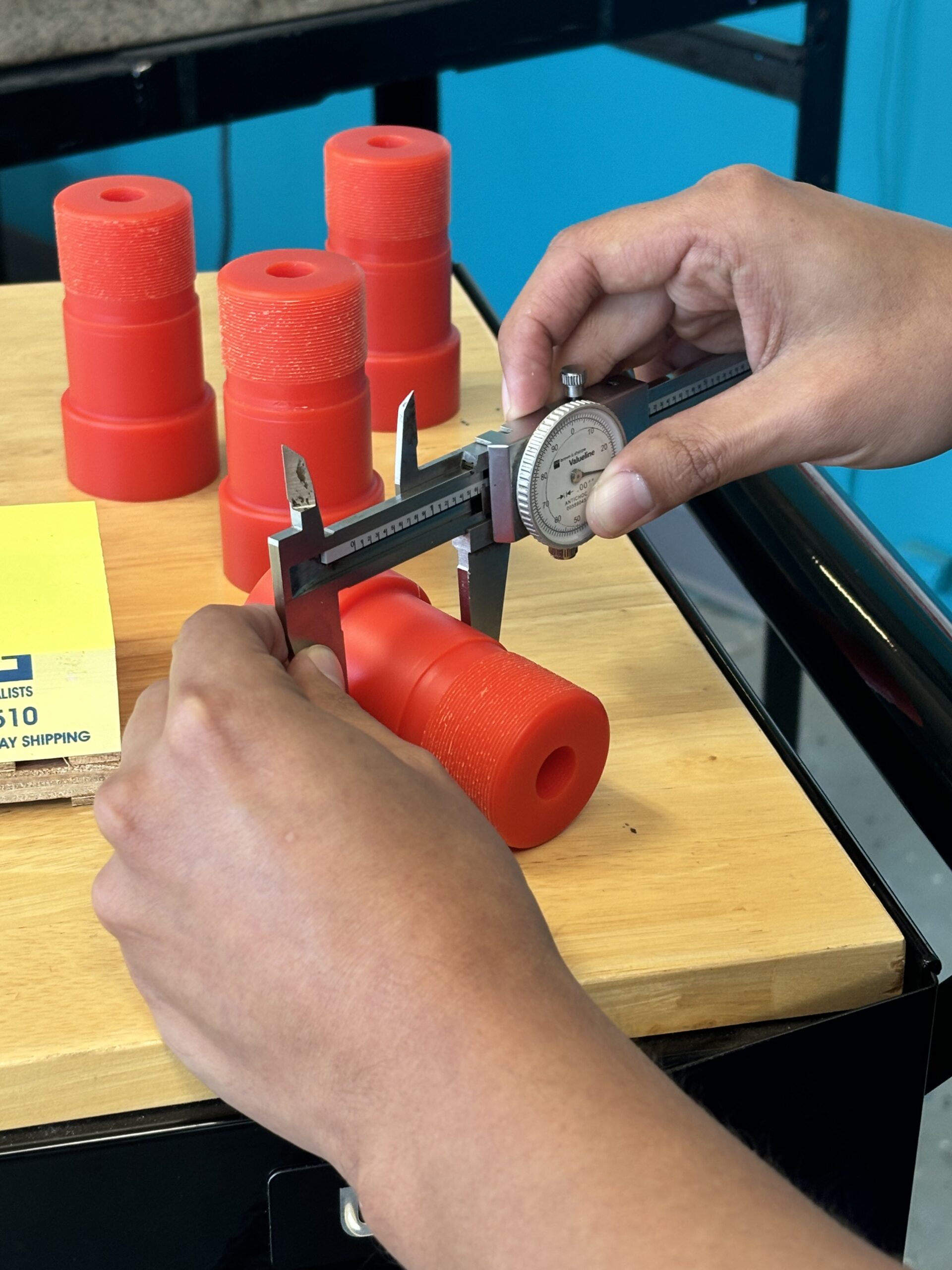


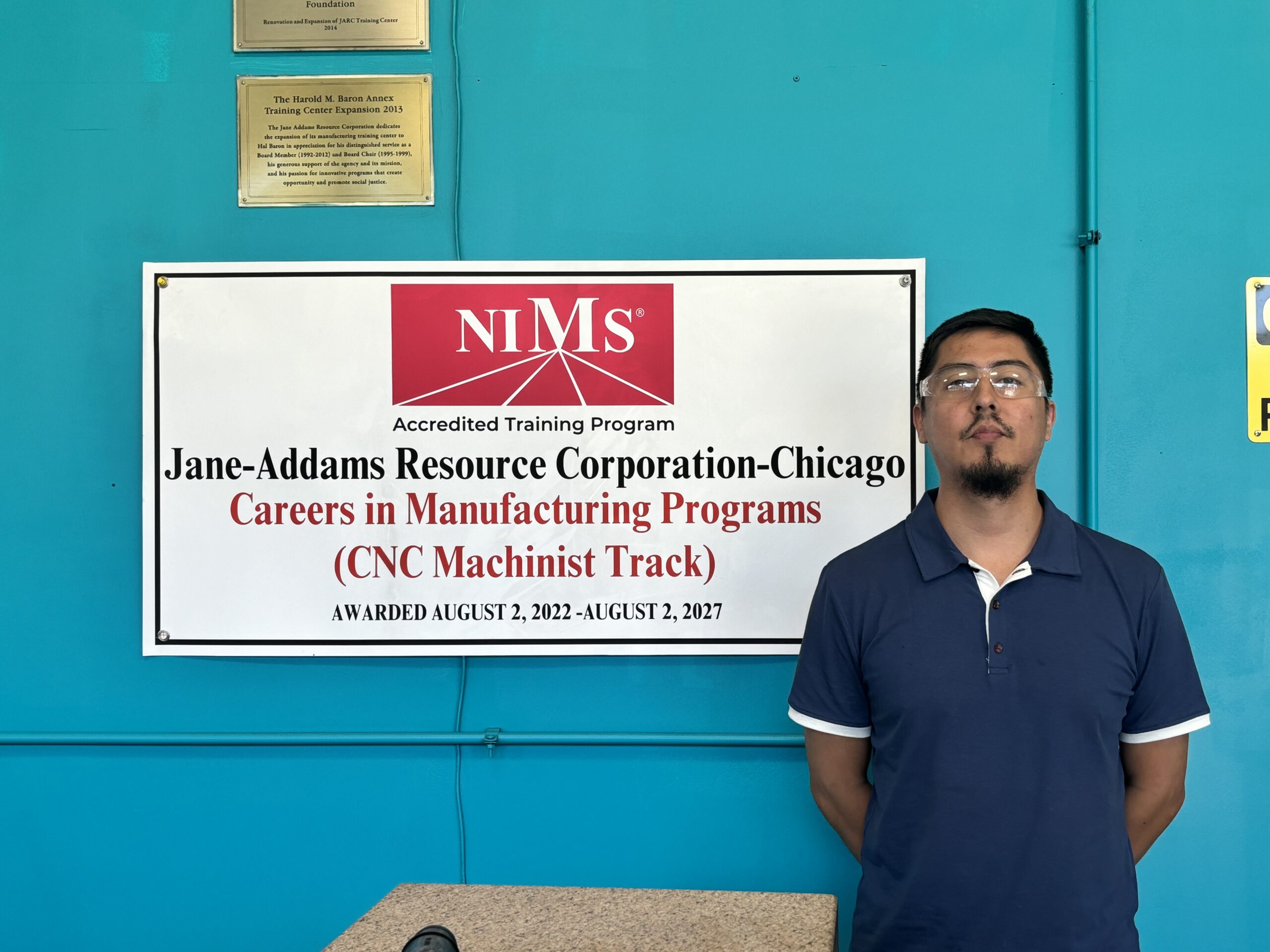
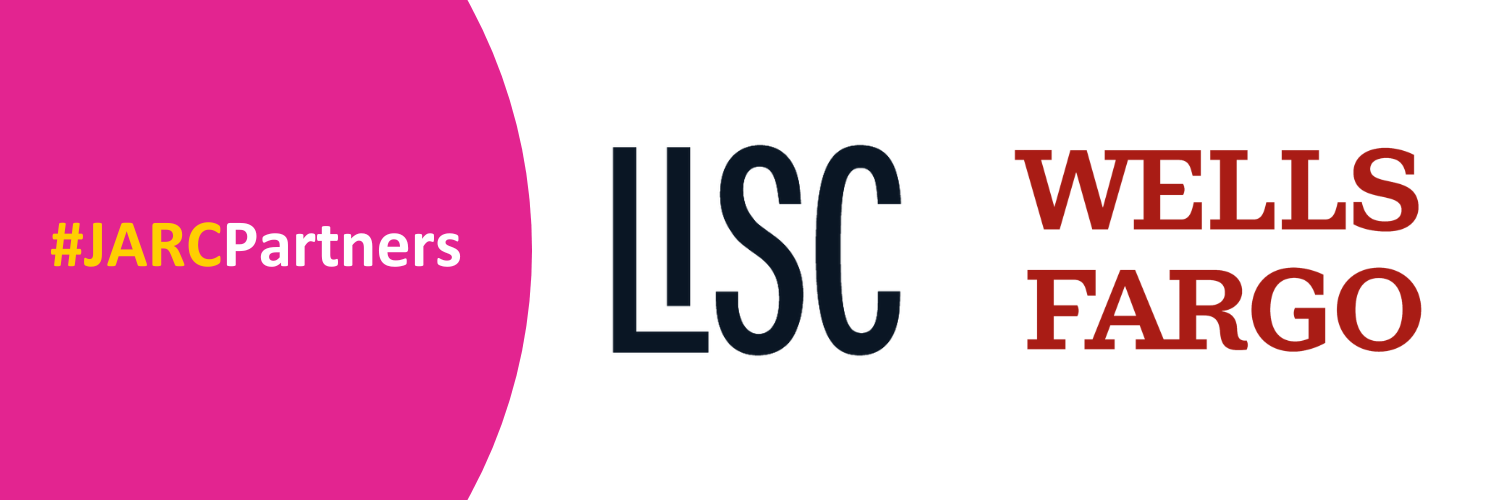
Recent Comments